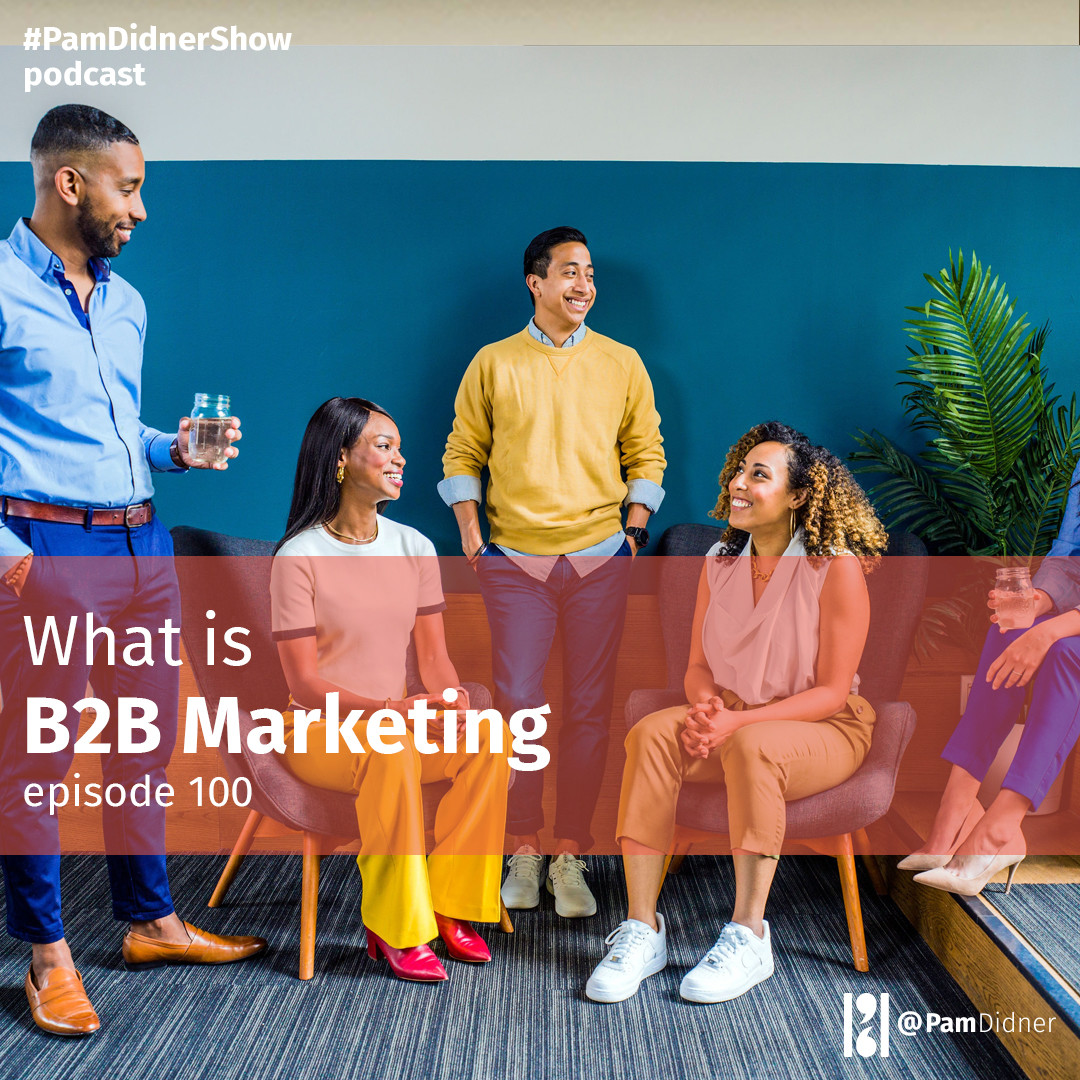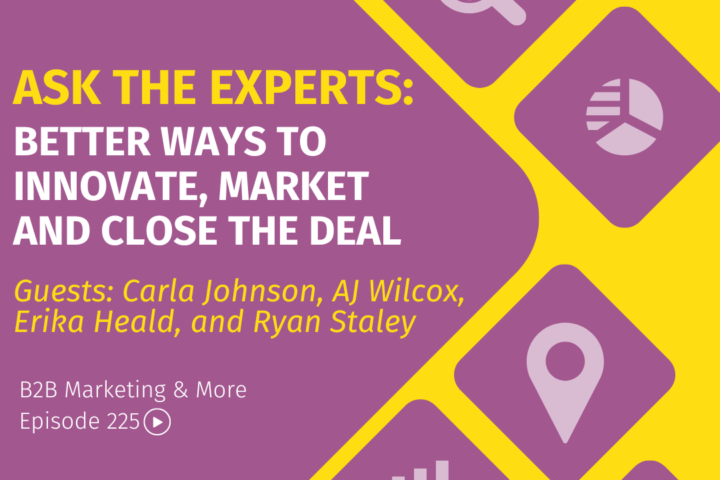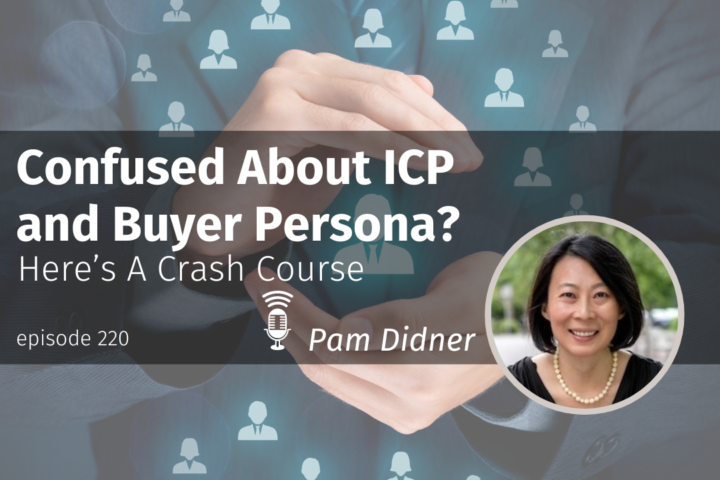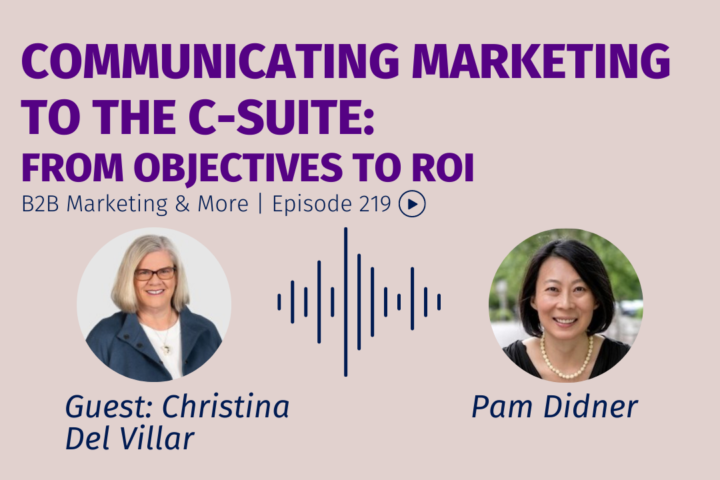
A neighbor kid asked me What is B2B Marketing? B2B Marketing used to be called Trade Advertising or Industrial Advertising many years ago. Over time, marketers changed the term to B2B marketing, which sounds a lot classier. Business-to-Business refers to products that people buy for their companies, not for themselves, while Business-to-Consumer focuses on selling products for personal use to individuals.
Many people may think that marketing is just marketing. Basically, we are marketing products and services, so why does it matter if it’s B2B or B2C? Well, marketers use the same channels to promote products regardless of whether it’s for business or consumer products. Marketing channels are the same, but the approaches to business and consumers are different.
There are 5 differences that guide the approaches:
- Product Complexity: Business products, such as machinery or software, tend to be more complicated. It’s not just shampoos, clothes, or blankets which are pretty self-explanatory. For business solutions, you need to explain what your products or services do for a company.
- Dollar Amount: Business services tend to be more expensive. The initial dollar investment is bigger than typical consumer products, like consumer electronics or furniture.
- Decision Making: Because dollar amounts are bigger, more people in a company may need to be involved in the buying decisions. Therefore, a committee may be formed to determine what professional products they need to buy. It’s different from a consumer product where the decision can be made by one or two people in a family.
- Purchase cycle: As the dollar amount is bigger and more people are involved, the purchase cycle is longer and it’s a more complex process than simply using cash or a credit card. A purchase order may be needed when the company is ready to buy.
- Buyers vs. End-Users: Here is another key difference. B2C focuses on marketing to consumers. For B2B marketing, you may need to market to people who buy the technologies or products AND the end-users who use the products. For a piece of software, you may need to work with IT departments, but the end-users maybe HR, marketing, sales or product teams. For a B2B marketer, you need to think about who you should market to.
I am sure that there are other differences that you can call out, but these 5 key elements shape the B2B marketing approach.
Since the product is usually more complicated, you need to create content to educate potential customers about your products and the reasons they should consider or purchase them. That’s where content marketing comes into play.
Because the dollar amount is big and purchase cycle is long, you need to nurture your customers and reach out to them strategically and frequently to keep your products on the top of their minds. To do that, you need to have marketing outreach that facilitates the customer’s purchase journey. You need to articulate the customer’s purchase journey and have a plan to engage them at different stages.
Given that the dollar amount is big, there may be many cooks in the kitchen. Sales will need to reach out to different influencers and decision-makers. Therefore, marketers need to stay close to Sales to assist them in accelerating the sales engagement from creating messaging and talking points down to creating customized outreach and campaigns for specific accounts. That’s where account-based marketing or partner or co-marketing comes from. This may not be something you will do for consumer marketing. One of the key characteristics of B2B marketing is that you need to work closely with your sales team.
Many people think B2B marketing is boring. Well, it can be, but it can be fun if you know what you are doing. There is storytelling, and the creative aspect of it, but everything you do needs to be purposeful and intentional.
Here are quick take-aways:
- B2B and B2C may use the same marketing channels, but the approaches and processes are different.
- 5 key elements that drive the different approaches between B2B and B2C are Product Complexity, Dollar Amount, Decision-Making, Purchase Cycle, and End-Users vs. Buyers.
- For B2B, it’s even more important to stay close to product and sales teams. Knowing your products well and understand how your sales team works are critical components of marketing to your business customers.
I am a B2B girl through and through. I love B2B marketing and working directly with sales and indirect sales forces.
Share your marketing challenges with me on Twitter or LinkedIn.
If you like it, please like and subscribe to my podcast on iTunes. I’d very much appreciate that.
Before you leave, make sure to check out the previous podcast episodes!
Again, let’s continue to learn from each other. Have a great day.



